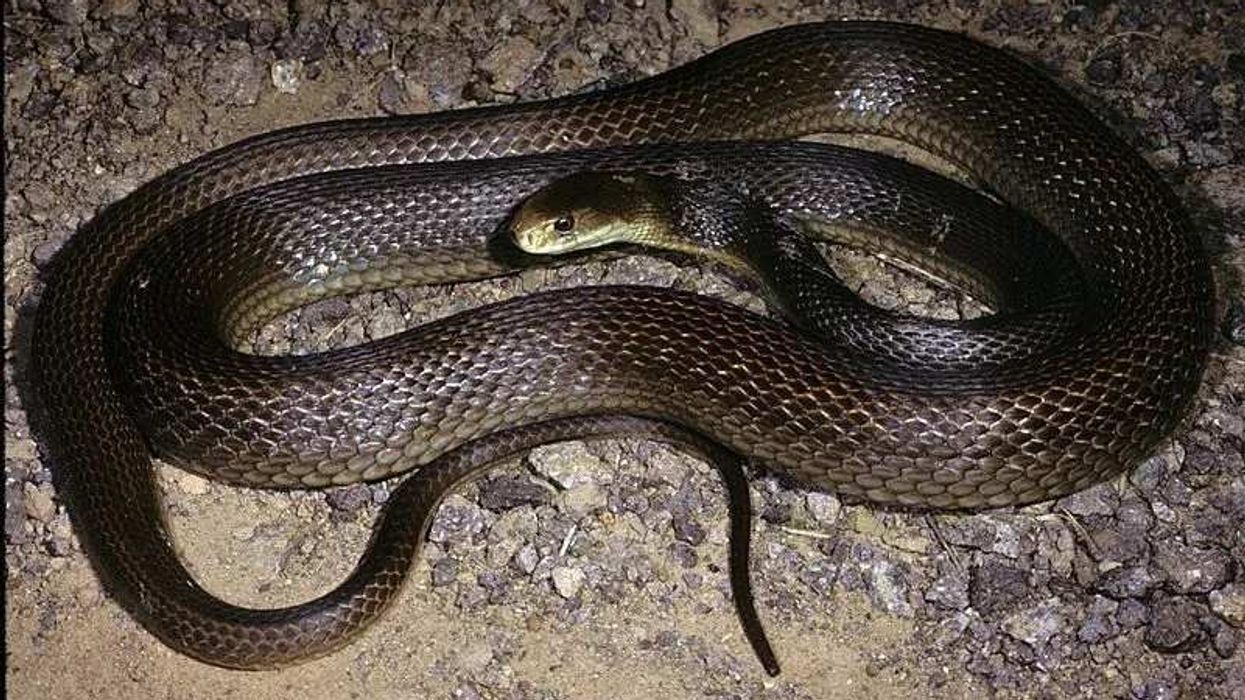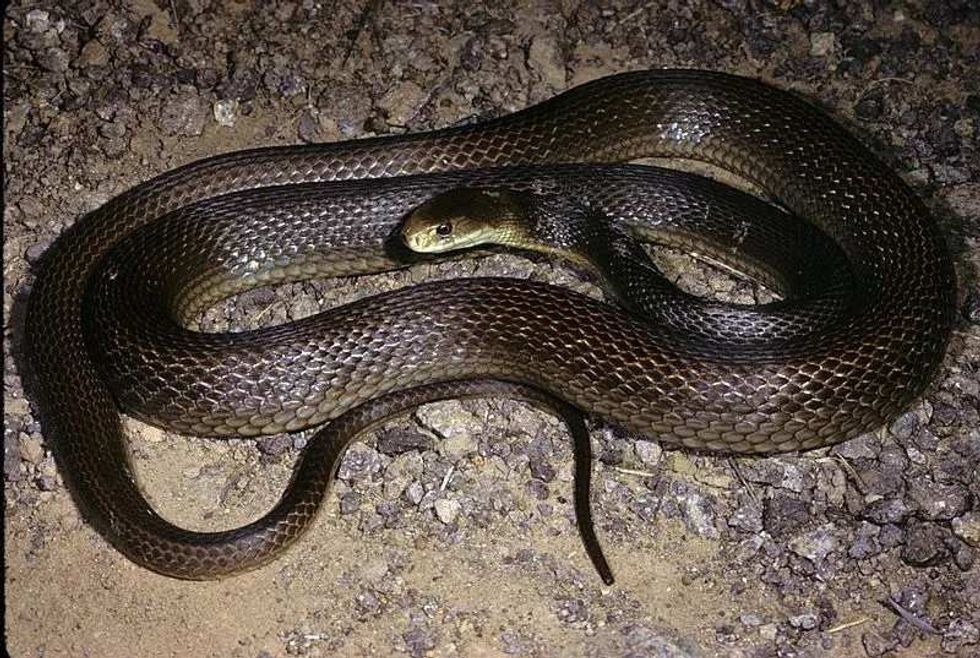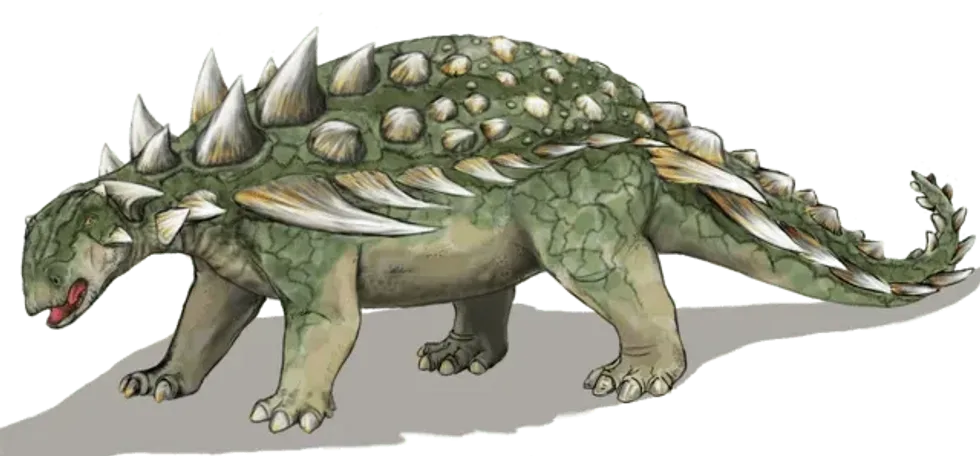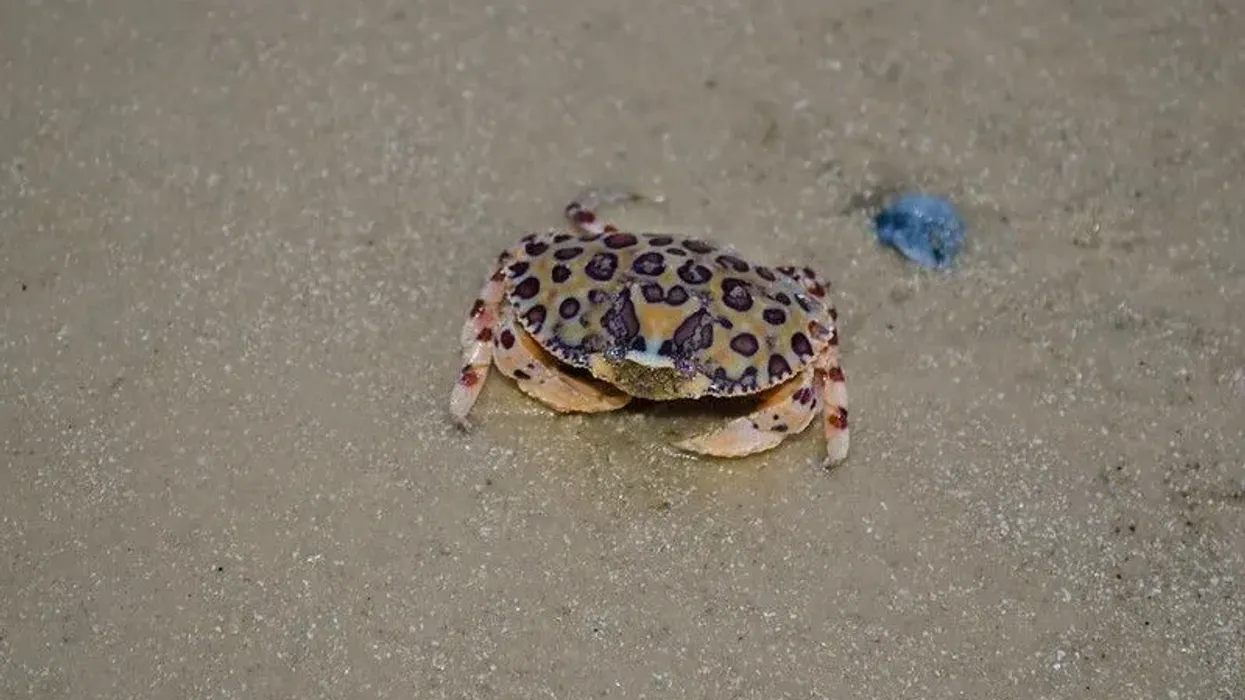Are you prepared to know about one of the deadliest snakes on earth? Let's meet the coastal taipan (Oxyuranus scutellatus), a snake hailing from the coastal areas of Australia.
It is also known as the eastern taipan. The deadly snake is also found on the island of Papua New Guinea.
You will be mesmerized by the reddish-brown color of this snake as well as its long size. The coastal taipan has two subspecies, the Oxyuranus scutellatus canni, and the Oxyuranus scutellatus scutellatus.
The snake is also closely related to the inland taipan, and the two may even share habitats.
This snake can live in different types of habitat, but it prefers open lands and even areas that are closer to human settlements. These snakes are fond of eating rodents, so they may also end up in crop fields searching for their favorite foods.
The snake has a stable population in Australia, but it may still face threats from humans because of it being perceived as a threat. The venom of a coastal taipan can kill an adult human in just 30 minutes.
Do you want to learn more things about this snake species? Keep on reading to learn more coastal taipan facts. Also, check out the articles on the black rat snake and the king cobra to find out more fascinating things about snakes.
Coastal Taipan Interesting Facts
What type of animal is a Coastal Taipan?
The coastal taipan is a type of snake.
What class of animal does a Coastal Taipan belong to?
The coastal taipan (Oxyuranus scutellatus) belongs to the class Reptilia and to the genus Oxyuranus.
How many Coastal Taipans are there in the world?
As a widely found species of snake, the exact population of the coastal taipan remains undetermined. However, according to the reports, the International Union for Conservation of Nature (IUCN) Red List notes that the species has a stable population.
Where does a Coastal Taipan live?
The coastal taipan (Oxyuranus scutellatus) is endemic to the areas of Northern and Eastern Australia, along with this, the snake is also found on the island of New Guinea. In Australia, it is found across the Cape York Peninsula as well as on the north-western side of Western Australia.
The coastal taipan snake can also be seen in Australia's Northern Territory and in New South Wales.
What is a Coastal Taipan's habitat?
The coastal taipan (Oxyuranus scutellatus) is known for its diverse habitat. Taipans can live in habitats such as temperate to tropical coastal regions, monsoon forests, wet and dry sclerophyll forests, woodlands, and grassy areas.
The snakes prefer to live in open areas. It can even hide in hollow logs as well as in leaf litter and rubble. The coastal taipan snake is also well adapted to stay in cane fields as it is a good place to find rodents.
Who do Coastal Taipans live with?
Like other snakes, the coastal taipan snake leads a solitary life. The breeding season marks the only time when the taipans meet with other members of their species. The snakes are generally diurnal (active during the day) in nature.
How long does a Coastal Taipan live?
The average lifespan of a coastal taipan (Oxyuranus scutellatus) is around 10-15 years of age.
How do they reproduce?
The mating season of taipans lasts between the months of March to December. However, the peak time for mating lasts from July to October, which marks the spring season of Australia.
This season is perfect for incubating the eggs of the taipan, which are usually laid by the females in abandoned animal burrows. The mating of coastal taipans consists of elaborate rituals by the male as it tries to attract the female.
The male may also fight with other male taipans before mating with the female. Copulation in taipans can last for three or more hours.
The gestation period of the taipan snake is 52-85 days, after which the female lays up to 20 soft-shelled eggs. The eggs are left alone by the female snake after it is done, hiding them in abandoned animal burrows or under the loose soil of a tree.
It takes generally around two to three months for the eggs to hatch. The taipan hatchlings are often quite big, with an average length of 23.6 in (60 cm).
One of the interesting things about the female taipan snake is its ability to store sperm, which it can then use to produce a second clutch, often months after the initial mating.
The young of this snake species are ready to live on their own right after birth. It takes around 28 months for the female snakes to reach sexual maturity, while males mature at around 16 months of age.
What is their conservation status?
The International Union for Conservation of Nature or the (IUCN) Red List currently lists the coastal taipan as of Least Concern.
Coastal Taipan Fun Facts
What do Coastal Taipans look like?

The coastal taipan is a medium-large-sized snake and has a rectangular-shaped head with a slender neck and body. The most striking thing about the coastal taipans has to be their dark brown scales.
The color makes them look similar to the eastern brown snake. This snake may even have a light olive appearance, or it can look almost black. During the hot summer months, these snakes may appear lighter, but their color gets darker as the weather turns cold.
The young snakes have a pale-colored head compared to their body, and it gets darker with age. Some scales on the dorsal side might be keeled. Otherwise, the snakes have smooth scales all over their body.
Light orange splotches might be visible on the cream-colored belly of the snake's body. This snake species has 21 or 23 rows of midbody scales along with a single anal scale. The taipan also has an orange-brown iris along with having large set eyes.
How cute are they?
Will you really call one of the most venomous snakes cute? We don't think so! Even though the taipan has a beautiful appearance, the species is anything but cute or cuddly.
How do they communicate?
Like other snakes, the taipan primarily communicates with the help of chemical signals that are spread through pheromones. The chemical signals given out by one snake help the other one to learn information about its type, size, and sex. It is also the way through which the snake attracts its mate.
How big is a Coastal Taipan?
The average length of the taipan snakes is around 4.9-6.6 ft (1.5-2 m). The maximum length can be around 10 ft (3 m) in some snakes. It doesn't take long for the taipan to reach the maximum length as it is one of the fastest-growing species.
How fast can a Coastal Taipan move?
The coastal taipan doesn't move very fast. Snakes usually move at a slow speed, and most of them can only move as fast as 12 mph, making the snakes much slower than humans. However, the hiding capabilities of snakes make it quite hard to detect them in their native areas.
How much does a Coastal taipan weigh?
The average weight of a coastal taipan is around 6.6 lb (3 kg).
What are their male and female names of the species?
There are no special names given to the male and female snakes of the species.
What would you call a baby Coastal Taipan?
A baby coastal taipan is called a snakelet or a hatchling.
What do they eat?
Coastal taipan snakes depend on a diet of rodents. They commonly prey on rats, mice, bandicoots, and birds.
As juveniles, the snakes may also prey on skinks. Taipans only prey on warm-blooded animals, which include small mammals and birds.
The taipan snakes are known for keeping their head high while hunting for their prey. Coastal taipans have a unique way of catching their prey, rather than actively moving towards the prey, the snake pretends to be in a frozen position as the prey roams around.
With a sudden stroke, the taipan lodges its highly venomous bit into the prey and kills it within seconds. Rather than holding on to the prey, the snake releases it after the bit and waits for the prey to die before the taipan eats it.
Are they poisonous?
Yes, the coastal taipan is considered to be the third most poisonous terrestrial snake present in the world, which makes the snake highly venomous. The SC LD50 of the taipan venom is extremely high.
Would they make a good pet?
Not really. The taipan is thought to be one of the most venomous snakes that can be found, so it is better to let the snake remain in its wild habitat.
Did you know...
The taipan looks similar to the eastern brown snake, but the other snake has a shorter head than a taipan, which is broad and rectangular.
The Oxyuranus scutellatus canni or Papuan Taipan is a subspecies of the coastal taipan that is extant to the island of Papua New Guinea.
The Coastal Taipan's bite
The average coastal taipan bite contains about 120 mg of toxic venom that can easily kill a healthy adult within minutes. The coastal taipan's broad head and sharp incisors also help make a deep bite, which helps the venom seep into the victim's muscle tissue.
The fangs can themselves measure around 0.5in or 12mm.
The snake's venom mainly contains taicatoxin, a type of neurotoxin that leads to the degradation of the neural system and restricts blood from clotting, leading to acute internal bleeding. Without proper treatment, an adult human can die within 30 minutes of the venom entering their body.
Before the anti-venom was invented, almost all victims used to die. However, now the doctors can help the victims to recover from a minor bite.
Since the anti-venom was invented, the deaths related to coastal taipan venom have decreased. Because the deaths often happen in bush areas, most of them go unreported. Moreover, the inland taipan causes more deaths compared to that of coastal taipans.
Coastal Taipan vs. Black Mamba
The coastal taipan isn't usually mistaken for a black mamba as the coastal taipan belongs from Australia, whereas the black mamba is from Africa. Nevertheless, the black mamba looks quite similar to the inland taipan, the cousin of the coastal taipan.
When it comes to the venom, the black mamba's venom is faster acting compared to the more potent venom found in the coastal taipan. The inland taipan, which is also called the western taipan, possesses the deadliest venom of any snake.
Here at Kidadl, we have carefully created lots of interesting family-friendly animal facts for everyone to discover! Learn more about some other reptiles including the coral snake and the kingsnake.
You can even occupy yourself at home by drawing one of our angry snake coloring pages.









